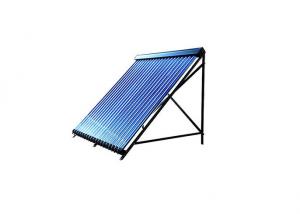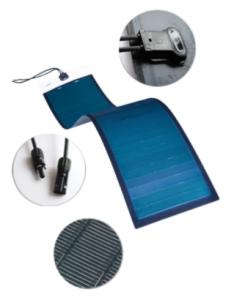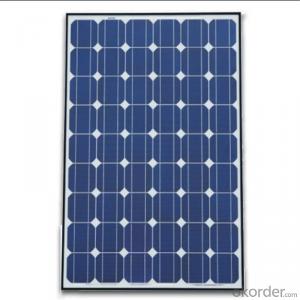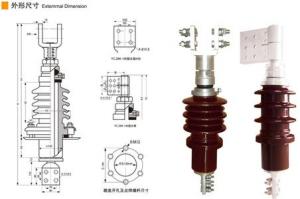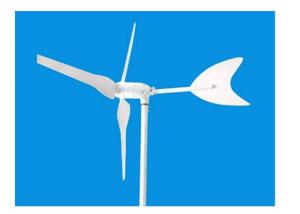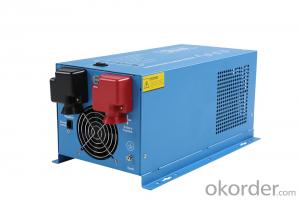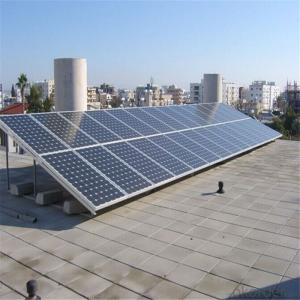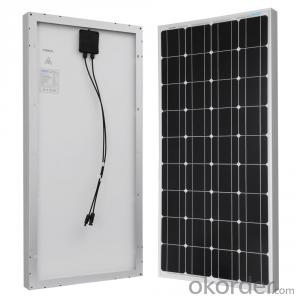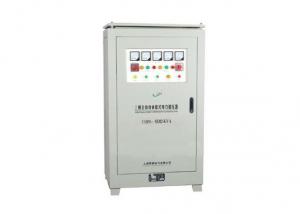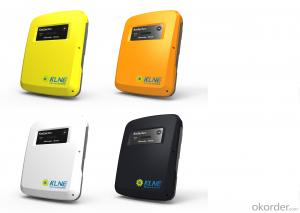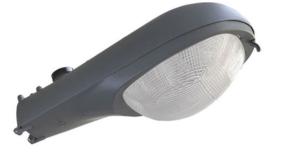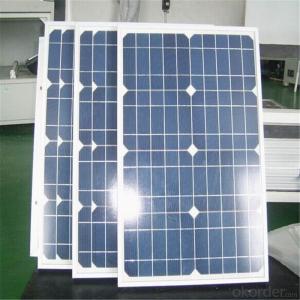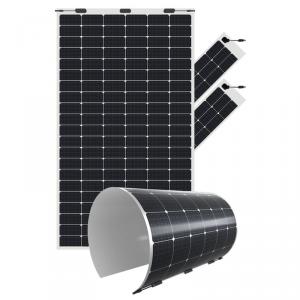100 Kw Hybrid Solar Inverter
100 Kw Hybrid Solar Inverter Related Searches
100 Kw Solar Inverter 100kw Solar Inverter 100 Kva Solar Inverter 100w Solar Inverter 100 Watt Solar Inverter 100 Amp Solar Inverter Solar Inverter 100 Watt 100 Watt Solar Panel Inverter Sma 100 Kw Solar Inverter 50 Kw Hybrid Solar Inverter Inverter For 100w Solar Panel 100 Kw Solar Inverter Price 100w Solar Panel With Inverter 100 Kva Solar Inverter Price 100kw Solar Inverter Price Abb Solar Inverter 100kw 10 Kw Hybrid Solar Inverter 10kw Hybrid Solar Inverter 10kw Solar Hybrid Inverter 1kw Solar Hybrid Inverter Hybrid Solar Inverter 1kw Hybrid Solar Inverter Solar Inverter Hybrid 10kw Hybrid Solar Inverter 10kw 10 Kva Hybrid Solar Inverter Solar Hybrid Inverter Smart Hybrid Solar Inverter Hybrid Solar Power Inverter 80 Kw Solar Inverter Solar Inverter Hybrid100 Kw Hybrid Solar Inverter Supplier & Manufacturer from China
The 100 Kw Hybrid Solar Inverter is a high-performance device designed to optimize the efficiency of solar energy systems by combining the functionalities of both solar and battery inverters. This advanced technology enables the seamless integration of solar power generation with energy storage solutions, making it an ideal choice for various applications.The 100 Kw Hybrid Solar Inverter is widely used in residential, commercial, and industrial settings where reliable and efficient energy management is crucial. It is particularly beneficial in scenarios where grid-tied systems are in place, as it allows for the storage of excess solar energy and its subsequent use during periods of low sunlight or at night. This not only reduces reliance on grid power but also contributes to energy cost savings and environmental sustainability.
As a leading wholesale supplier, Okorder.com offers a comprehensive inventory of 100 Kw Hybrid Solar Inverters, ensuring that customers have access to high-quality products at competitive prices. With a strong commitment to customer satisfaction, Okorder.com provides a reliable and efficient service, making it the go-to destination for those in need of 100 Kw Hybrid Solar Inverters for their energy management needs.
Hot Products
